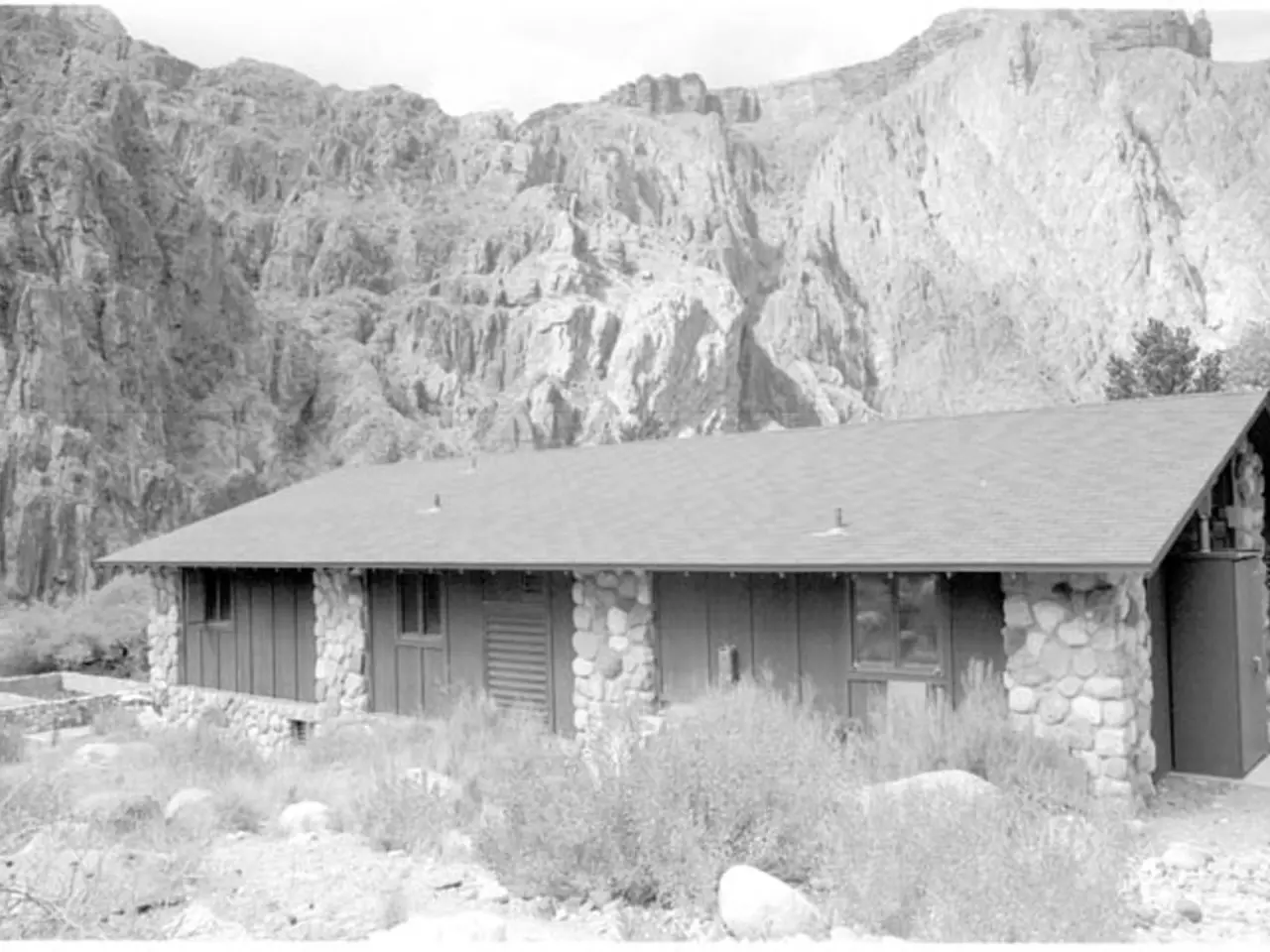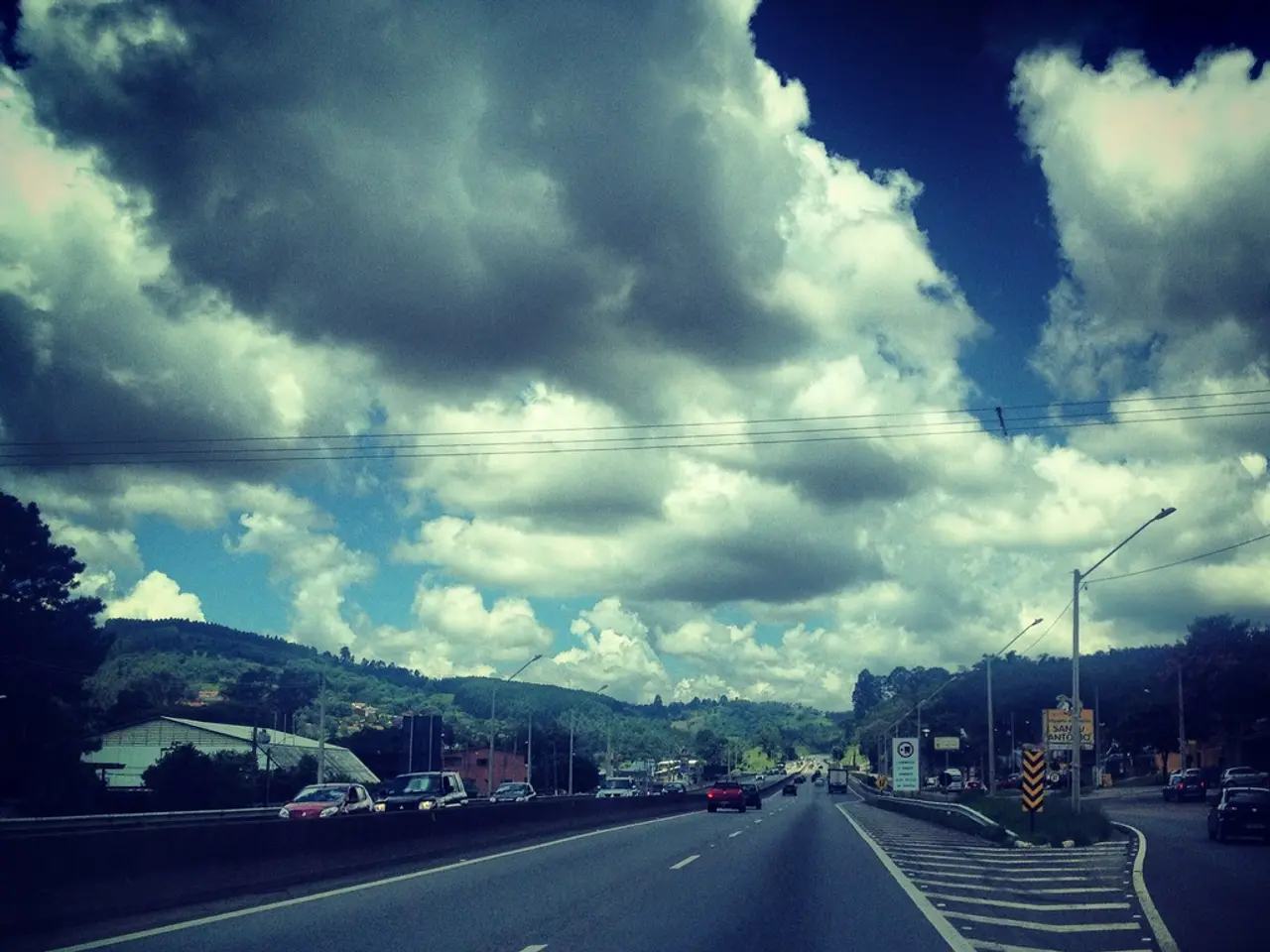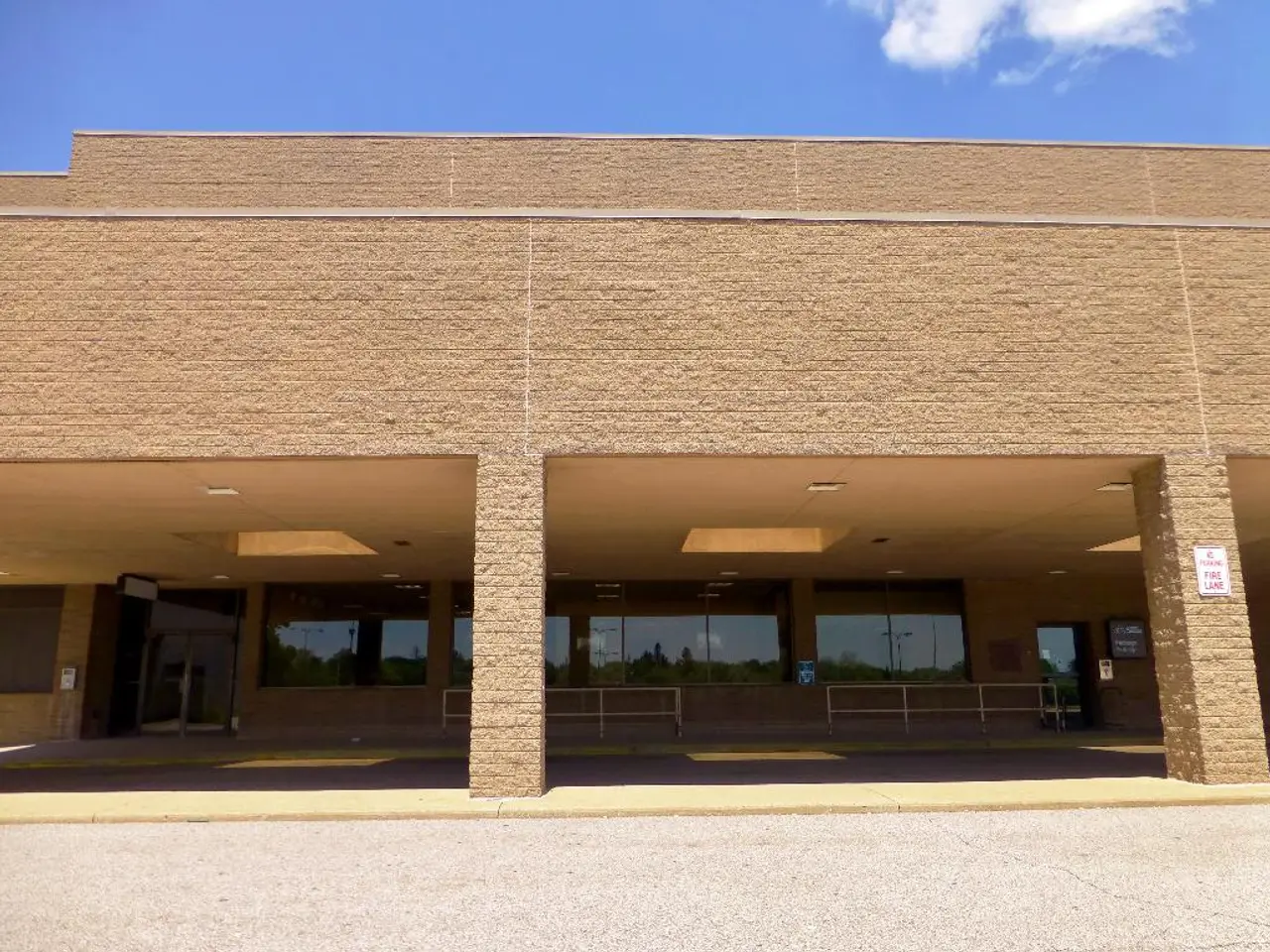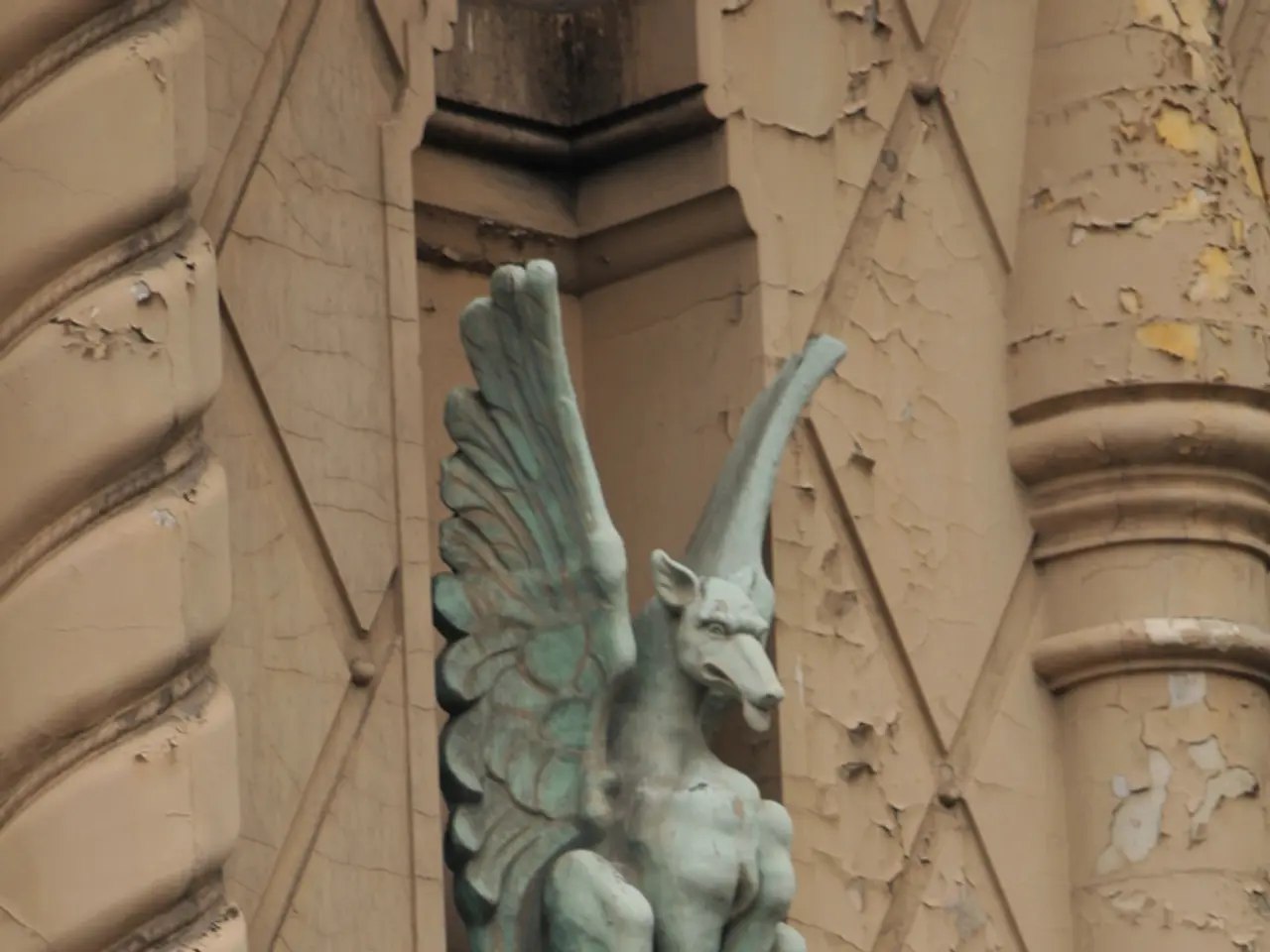Eruption of Icelandic volcano concludes following a three-week span
The Reykjanes Peninsula, located in Iceland, has been the centre of attention recently as a volcanic eruption occurred at the Sundhnúkur crater row. This eruption, which started on July 16, 2025, and lasted approximately three weeks, ended on August 5, 2025.
This was the ninth eruption at Sundhnúkur and the twelfth since the overall eruption series began in 2021 in the Reykjanes region. The eruption began early in the morning after about two hours of seismic activity. A fissure approximately 700 meters to 1.5 miles long opened up, producing effusive lava flows primarily flowing southeast.
The activity included lava fountaining, producing strands of volcanic glass ("Pele's hair") that caused local irritations. The eruption was steady but with a recent decrease in lava fountaining intensity, although lava flow continued and the lava field thickened.
Dangers such as potential sudden breakouts or collapses at the lava edges and gas pollution required monitoring, and occasional evacuations were necessary in nearby towns such as Grindavík and areas near the Blue Lagoon. Despite the frequently active volcanic system, the eruption did not disrupt Iceland's air travel or major infrastructure beyond localized evacuations.
Monitoring continues for magma accumulation and ground uplift in the area, with geophysical instruments confirming ongoing volcanic dynamics beneath Svartsengi. Despite the eruption now being over, it is crucial to maintain a safe distance from the lava field due to the risk of the surface crust collapsing and glowing lava being directly underneath.
The recent eruption has drawn numerous sightseers who wish to witness the natural spectacle. However, visitors are advised to heed the warnings issued by the Icelandic Meteorological Office regarding the potential risks associated with visiting the lava field.
This recent eruption continues the trend of frequent, mostly effusive eruptions on the Reykjanes Peninsula, allowing scientific study and tourism with safety measures in place. The peninsula has experienced twelve eruptions since 2021, with nine at Sundhnúkur alone, illustrating a highly active volcanic phase.
Scientists are closely studying the recent eruption at Sundhnúkur, as it falls within the realm of environmental-science, particularly focusing on its impact on the weather patterns of the Reykjanes Peninsula. With the eruption concluding, it is essential to remain vigilant about the environment, preserving the area for future research in the field of science.








